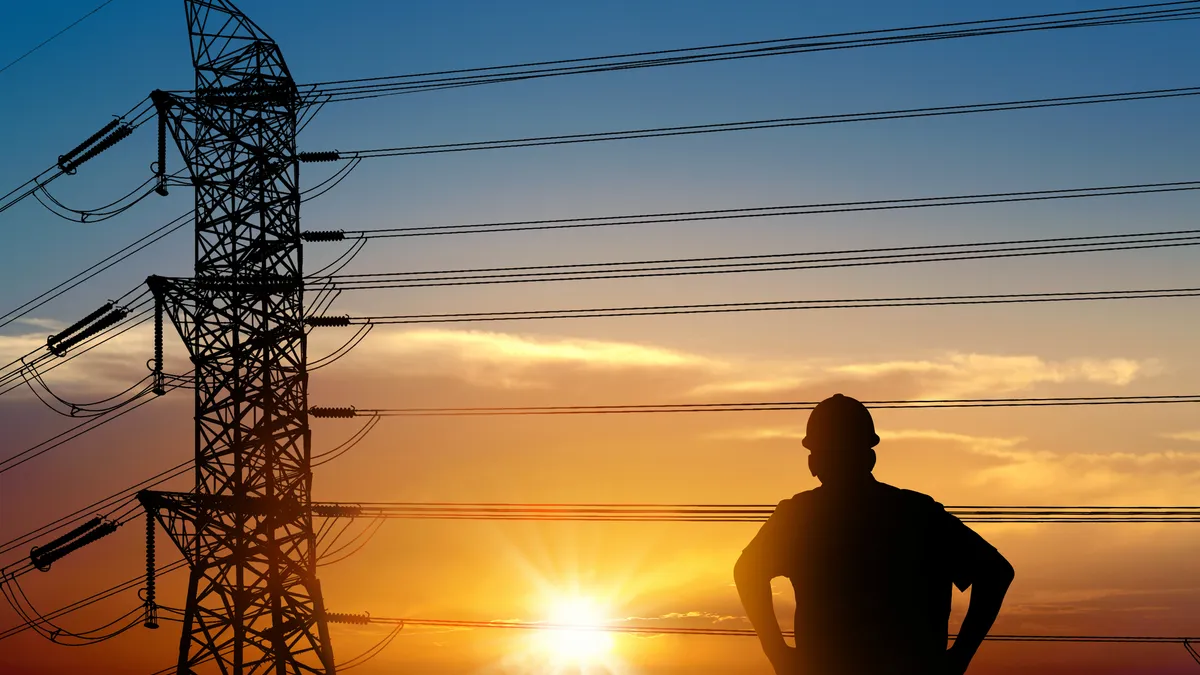Last year, municipal utility Seattle City Light launched a project to install approximately 30 public, fast electric vehicle chargers across Seattle. While many cities are building EV charging stations to support vehicle electrification and city climate goals, City Light’s pilot project was unique in how it chose its EV charger locations.
Instead of selecting potential locations and getting customer feedback afterward, the utility asked its Seattle customers to tell it where they want EV charging stations, said Angela Song, transportation electrification portfolio manager at City Light.
The utility received just under 2,000 applications for public EV chargers, Song said, and that interest was evenly distributed across the city’s districts. She identified “listening to the community and understanding their needs” as two key requirements for city leaders installing EV charging infrastructure.
Still, EV chargers are not always easy to access, especially for marginalized groups. After all, EVs are more likely to be purchased by White, wealthy men who own their homes, making them more likely to have residential charging access. As a result, EV chargers tend to be located in wealthier, Whiter areas.
Cities can work to ensure they roll out EV charging infrastructure in an equitable manner by listening to and collaborating with their communities, Song said.
Charging infrastructure can improve access to electric vehicles and electric mobility, said Jeff Allen, executive director of electric transportation advocacy group Forth Mobility, but it “doesn’t really provide any benefits by itself.”
If communities don’t have experience with electric vehicles or knowledge about electrification, a charging station arbitrarily dropped into a neighborhood might “actually do harm,” he said, because communities may perceive it as a sign of gentrification instead of the transition to clean energy.
When a city wants to implement EV charging equitably, it needs to “focus more on the people than on the hardware,” Allen said. That involves listening to and talking with communities about their needs — just as City Light did when planning its curbside EV charging pilot.
Before the City Light project even began, the utility sought out several layers of community feedback, connecting with state and local agencies, environmental justice organizations, labor unions and community leaders to inform its plan for transportation electrification. Song said the feedback process helped the city understand where there were “gaps in awareness about the benefits of electric vehicles.”
Allen described three key benefits of EV chargers for historically disadvantaged communities that are important to communicate.
People living in low-income communities are likely to experience larger environmental benefits than those living in wealthier neighborhoods since low-income areas are more likely to experience air pollution. EV chargers can also benefit an area economically by creating more jobs, as local residents may be hired and trained as charger technicians. Song said at least one charging repair firm in Seattle hires locally.
The most important benefit, Allen said, is that residents are “going to have access to more mobility options because of this charging infrastructure,” even if they don’t yet own an EV themselves. For example, Forth has worked with affordable housing providers in Portland, Oregon, to provide electric vehicles for staff use and also rent them out to residents when not in use. In St. Louis, local groups providing transportation to seniors in low-income areas have transitioned to electric vehicles, allowing riders to experience EVs.
For personal charging, “different contexts might require different formats of charging infrastructure,” said Alessandra Carreon, a manager with Rocky Mountain Institute’s carbon-free transportation program.
Charging in rural areas dominated by single-family homes looks different from charging in apartment-heavy cities. Carreon notes that 80% of EV charging occurs at home, but low-income people are more likely to live in multifamily dwellings or urban homes without driveways. As a result, she said, positioning EV chargers at multi-unit dwellings could improve charging access, but cities also need to ensure the availability of public EV chargers. They should also consider the speed of public charging, with the caveat that fast charging, while convenient, is usually less affordable, as Allen pointed out.
Of course, new EV chargers cost money. The federal government has made billions of dollars available to state and local governments through the bipartisan infrastructure law to install EV charging stations — and more funding is coming. The Biden administration has invested in EV charger implementation along highways and interstates and recently renewed a tax credit for new EV chargers under the Inflation Reduction Act. Soon, $700 million in competitive grant funds will be open to state and local governments to build public EV charging stations, particularly in underserved areas.
City Light’s Song noted that equitable electrification will take time.
“Trust is not built overnight,” she said, speaking of government entities working with historically marginalized community groups. Song added that city leaders should consider their priorities as they fashion their EV charging plans and timelines. Is the goal “to push out infrastructure? Or is it to [ensure] equitable charging?” she said.






















